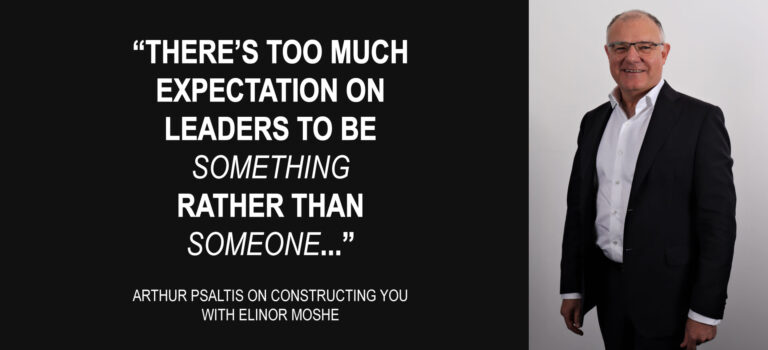How do you maintain consistency without too much constraint?
As organisations grow, one of the greatest concerns faced by leaders is losing consistency. Be it quality, service, or decision making. Irrespective of size, recognising that more people are responsible for more things without suitable supervision, suitable process, or suitable review, leads to fear that consistency suffers. And consistency directly impacts brand reputation.
Different businesses deal with this dilemma in different ways, be it manufacturing, processing or service industries. Professional services are slightly different, primarily on the basis that the product isn’t the same every time, and a multitude of unique decisions need to be made along the way to produce a positive outcome.
Some organisations fall into the trap of implementing a manufacturing style solution to maintain consistency. Freedom to deviate is restricted, decision making is limited to as few as possible and procedures are designed to constrain alternative approaches. All these mechanisms work effectively if the same product is produced over and over. However, these same mechanisms stifle innovation, diversity of thought, and creativity, the exact attributes needed in professional services.
So how do you produce consistency without constraint? It starts with a clear understanding of your product and service, and what makes it recognisable in the market. It is then imperative to define these things as non-negotiable items. Ensure all within the organisation understand these critical aspects and feel responsible for maintaining them.
Once these are defined, everything else should become optional, provided the non-negotiables aren’t compromised. Decision making can be delegated, alternatives can be contemplated, and approaches can be challenged.
With this environment identified, people within the organisation will either be empowered by this philosophy or avoid it. Those that challenge themselves and others, thrive with responsibility, and enjoy the freedom to make decisions, will flourish.
Establishing the right environment and matching the people to suit that environment then allows you to maintain consistency, without the negative consequences of constraint.
To summarise, don’t control things by just setting rules for everyone to follow. Achieve consistency by having the right people in the right environment. Deploy the right people with effective tools, rather than employ fools to follow rules.









